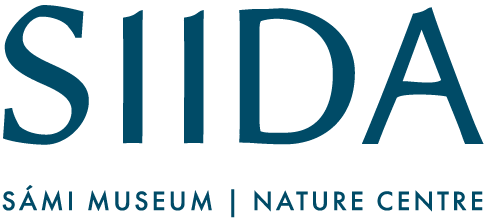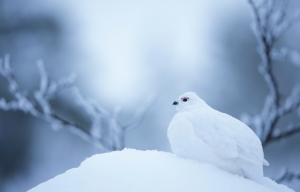Kaamosmaisemia – Skábmaduovdagat (Landscapes of the Polar Night) is an exhibition composed of sceneries of sound and movement and born from the emotional landscapes of the Polar Night. It is made of artistic short films in which the period of darkness is described in terms of subjective experiences.
The working group reflects on darkness as interior and exterior phenomena that impact on each other. In addition, they also look at the cyclic nature of the phenomenon. Many people who live in the north do not experience this season as dark, though the polar night is often described as such. The exhibition offers the viewers an opportunity to experience the polar night with its changes and shades through the artistic landscapes created by artists living in Inari.
The working group consists of Janita Rantanen, Sunna Nousuniemi (Radio-Juhani Sunná Máret), Sakari Maliniemi, Tomi Lampinen and Nicholas Francett.
The exhibition has been produced by the Sámi Museum Siida and the artists have been granted support for their work by Kone Foundation, Arts Promotion Centre Finland (Taike), Municipality of Inari and International Sámi Film Institute.
Kaamosmaisemia – Skábmaduovdagat is open at Siida until January 28, 2025. Siida is open in the winter season from Monday to Saturday from 10 a.m. to 5 p.m., and in the summer season (1.6.–30.9.2024) every day from 9 a.m. to 6 p.m. On public holidays, the opening hours may be different, so check them at www.siida.fi.

